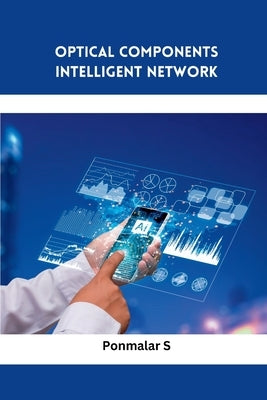Description
Optical components play a crucial role in the functioning and efficiency of intelligent optical networks, which are advanced communication systems designed to optimize data transmission over optical fibers. These networks enable high-speed data transfer, enhanced bandwidth capacity, and improved network management.
Optical Transceivers: Optical transceivers are devices that combine both a transmitter and a receiver in a single module. They convert electrical signals into optical signals for transmission over fiber and vice versa. Transceivers come in various types, such as Small Form-factor Pluggable (SFP), QSFP (Quad Small Form-factor Pluggable), and CFP (C form-factor pluggable), each with specific data rates and applications.
Optical Amplifiers: Optical amplifiers are used to boost the optical signals to extend the transmission distance without converting them back to electrical signals. Erbium-Doped Fiber Amplifiers (EDFAs) are commonly used in intelligent optical networks to amplify signals in the C-band and L-band.
Optical Splitters/Couplers: These components divide or combine optical signals, allowing one input to be split into multiple outputs or multiple inputs to be combined into one output. Splitters are essential for distributing signals in Passive Optical Networks (PONs) and wavelength division multiplexing (WDM) systems.
Wavelength Division Multiplexers (WDM): WDM technology enables the transmission of multiple wavelengths (or colors) of light simultaneously over a single optical fiber. This greatly increases the network's capacity by utilizing different wavelengths to carry different data streams.
Optical Filters: Optical filters are used to selectively pass or block specific wavelengths of light. They are crucial for isolating individual channels in WDM systems and for filtering out unwanted noise or signals.
Reconfigurable Optical Add-Drop Multiplexers (ROADMs): ROADMs allow dynamic reconfiguration of optical channels, enabling network operators to remotely add or remove wavelengths as needed without disrupting the entire network.
Author: Ponmalar S
Publisher: Meem Publishers
Published: 08/05/2023
Pages: 146
Binding Type: Paperback
Weight: 0.45lbs
Size: 9.00h x 6.00w x 0.31d
ISBN13: 9788046258920
ISBN10: 804625892X
BISAC Categories:
- Computers | Artificial Intelligence | General
- Technology & Engineering | Fiber Optics

